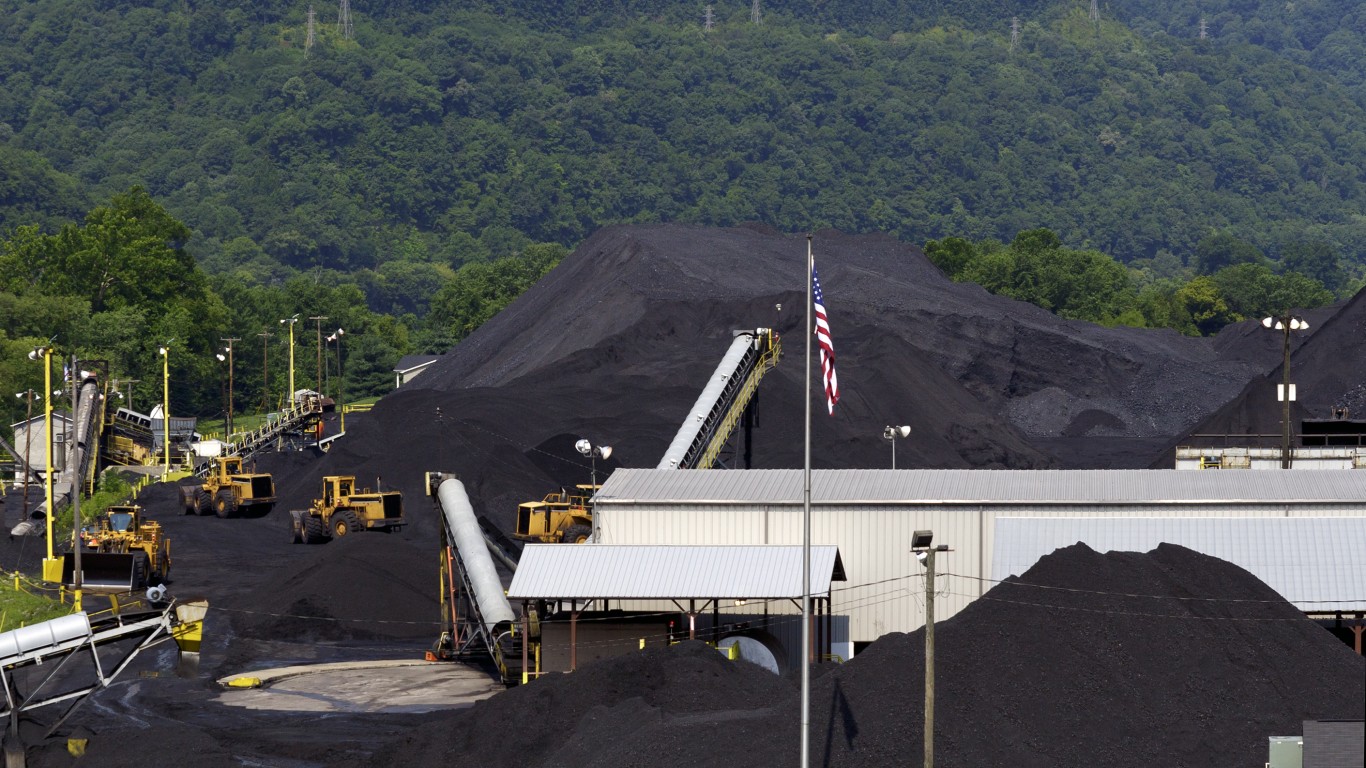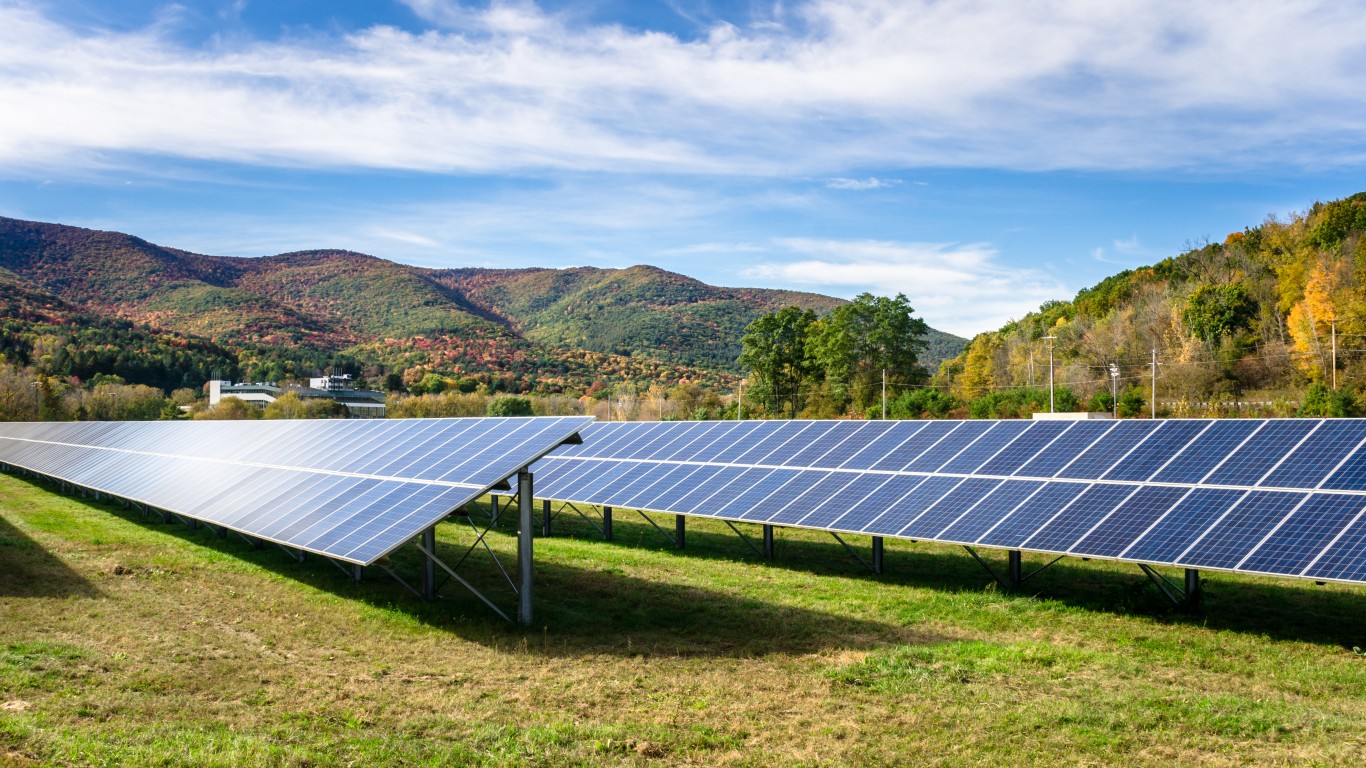
Not hardly. According to the EIA, total U.S. crude oil storage capacity totals around 521 million barrels. Of the total that the agency reports as storage, however, are approximately 120 million barrels of “storage” in pipelines, on ships or in local tanks that hold crude from low-producing wells. Thus, the actual remaining capacity in working storage tanks is closer to 140 million barrels.
Also look at the rate of gain. Since March 6, 2015, the date of the last report to stir up worries about storage capacity, crude oil in storage has risen by 54 million barrels in 47 weeks, an average gain of around 1.13 million barrels a week. If crude oil storage increases maintain that same rate, it will take more than two years to fill the remaining 140 million barrels of capacity in existing tanks.
The situation may be a bit more crowded at the Cushing, Okla., the oil industry’s main pricing hub. The latest data from the EIA puts crude oil storage capacity at Cushing at just over 73 million barrels. There are currently 64 million barrels stored at Cushing, compared with 51 million barrels in storage last March. The average weekly gain over 48 weeks is about 275,000 barrels. At that rate it would take about 11 months to fill the Cushing tanks to the brim.
Storage has become an issue again because demand is falling and producers are cutting production as slowly as they can in order to maintain cash flow, no matter how limited. Will demand pick up before the tanks overflow? Almost certainly.
The Average American Is Losing Their Savings Every Day (Sponsor)
If you’re like many Americans and keep your money ‘safe’ in a checking or savings account, think again. The average yield on a savings account is a paltry .4% today, and inflation is much higher. Checking accounts are even worse.
Every day you don’t move to a high-yield savings account that beats inflation, you lose more and more value.
But there is good news. To win qualified customers, some accounts are paying 9-10x this national average. That’s an incredible way to keep your money safe, and get paid at the same time. Our top pick for high yield savings accounts includes other one time cash bonuses, and is FDIC insured.
Click here to see how much more you could be earning on your savings today. It takes just a few minutes and your money could be working for you.
Thank you for reading! Have some feedback for us?
Contact the 24/7 Wall St. editorial team.
 24/7 Wall St.
24/7 Wall St.


